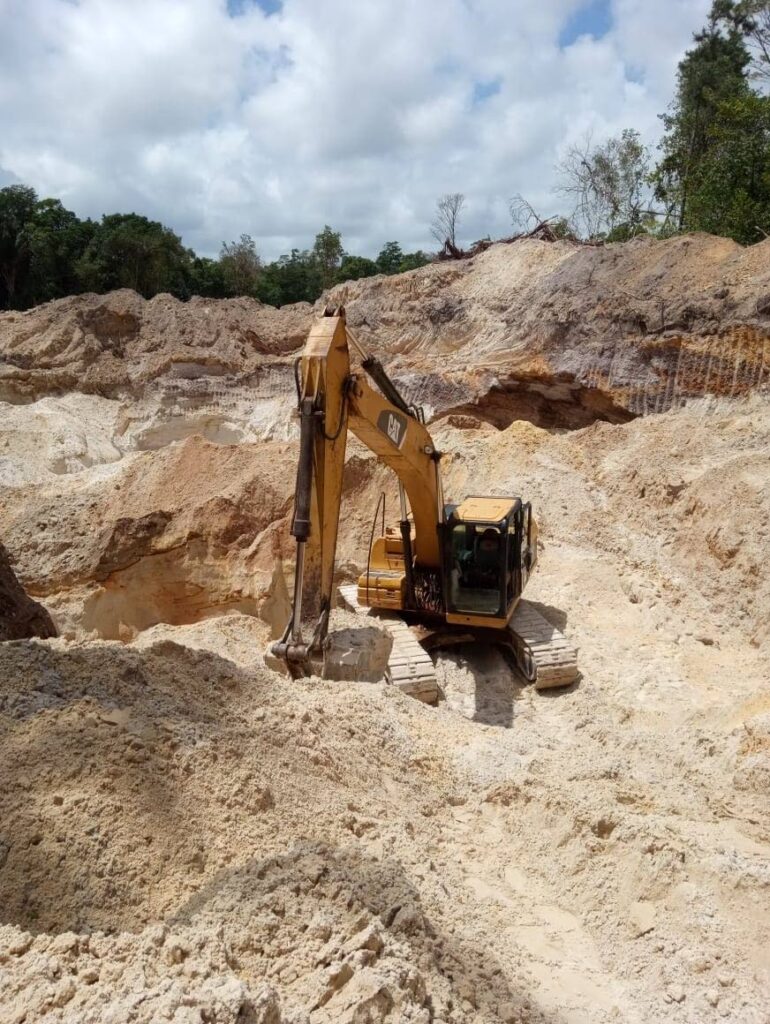Corruption in quarrying

At the weekly police media briefing, Snr Supt Kerwin Francis outlined an appalling narrative of corruption, intimidation and theft that are both stealing the country's natural resources and destroying its environment.
According to Mr Francis, quarry gangs are bribing and threatening police officers and corrupt officials to increase their operations.
This wasn't news to officers in the Eastern Division who announced in March that illegal quarrying is a front-burner criminal activity.
Gunmen using assault rifles attacked a vehicle believed to be carrying participants in illegal quarrying in Valencia in July 2020, leaving one man dead and three wounded.
Illegal quarrying does not follow even the most lenient of TT's environmental guidelines for mining and the continuing malaise to pursue the crime is inexplicable.
Monitoring and oversight is notably lax. Even in the management of legal quarries, boundaries set for mining aren't regularly policed and revenue paid for mined material is based on an honour system that relies on quarries to accurately report their extracted volumes.
Crackdowns on illegal quarrying operations have tended to be spotty, mostly netting small operations, not the organised extraction operations that Mr Francis was alluding to when he compared TT's mineral resources to drug trafficking as a lucrative criminal enterprise.
Fines for illegal quarrying were increased in 2014 from a baseline $200,000 for a first conviction to $500,000 and imprisonment for five years.
Penalties for knowingly purchasing materials won through illegal quarrying were likewise increased.
There is no indication that these fines have reduced illegal quarrying.
These penalties followed a strategic environmental impact assessment produced by GWP Consultants in 2013, which recommended the designation of 33 mining zones for extraction, all constituting less than 2.8 per cent of both Trinidad and Tobago.
The mapping produced for the assessment made clear that there are areas which can sensibly be used to provide necessary construction materials and aggregate and others which should be left alone and if already quarried, be scheduled for structured shutdown and rehabilitation.
In November 2018, the Illegal Quarrying Unit of the Police Service arrested 22 people for the crime and seized several excavators, yet by August 2019, only eight quarries were operating with valid licences.
At least 82 quarries carried on with expired licences.
The unit, apparently went dormant and in 2021 seems to have been replaced in practice by the Multi-Agency Task Force.
In May 2021, Energy Minister Stuart Young promised to deal with illegal quarrying which he described as "gangsterism."
Without a dedicated, knowledgeable enforcement arm with the resources to pursue a crime located in determinedly remote areas of the country, such promises are less than gun talk, it barely qualifies as backhoe chatter.


Comments
"Corruption in quarrying"